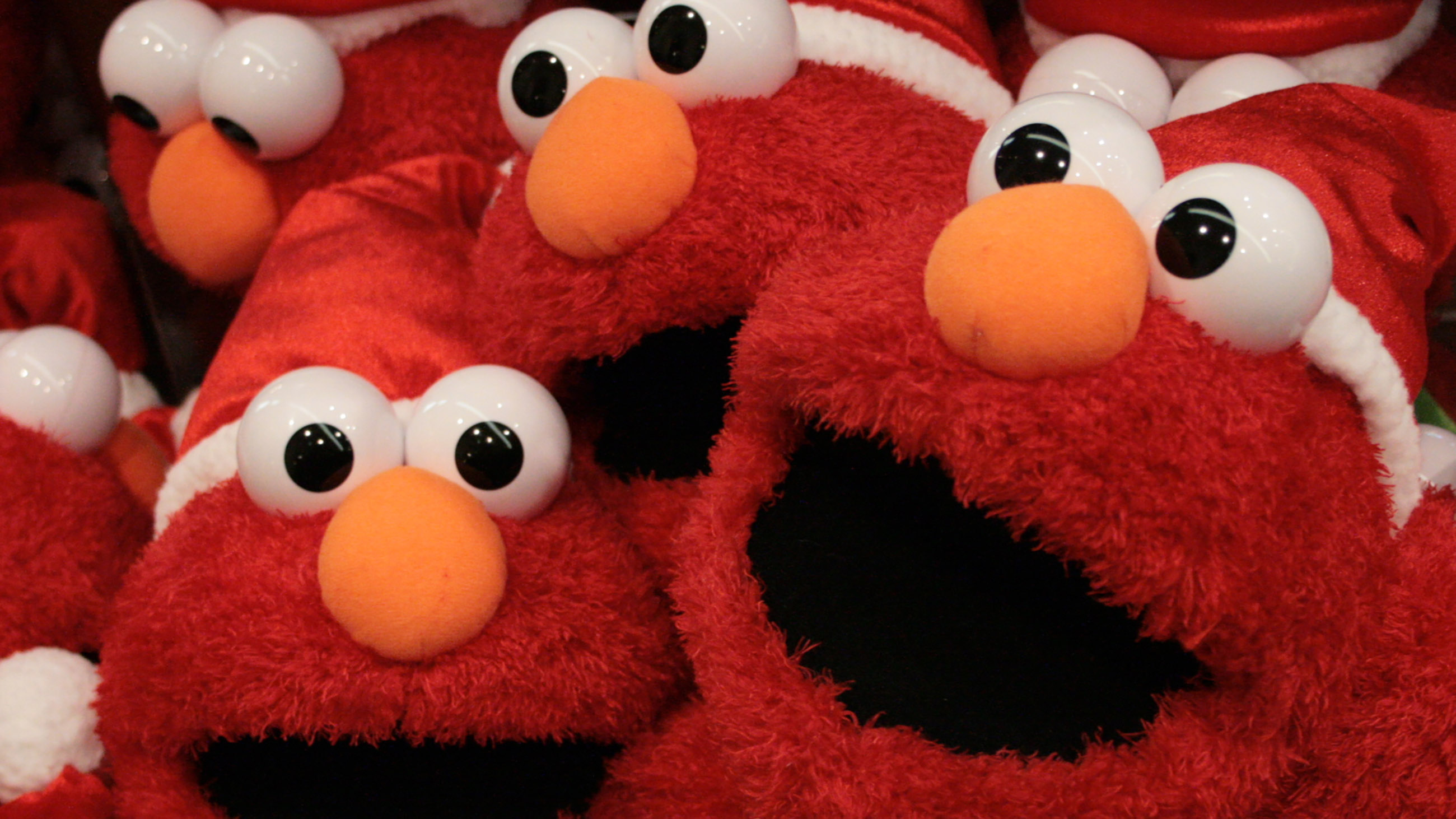How Muppets Can Help Fight Zika
Over the last few weeks, an unlikely figure has emerged in the fight against the Zika virus: A furry muppet, clocking in at 3-years-old.
Elmo, the charismatic Sesame Street character, is starring in a number of Spanish, Portuguese, and English-language spots, designed to teach viewers to avoid Zika contamination. With his green-skinned friend Raya (who has been used for similar efforts in the past), Elmo encourages viewers to use nets, long-sleeved clothing, and repellent to avoid being bitten by mosquitoes.
The Zika spots are just the latest in a number of public health initiatives that happen each year on Sesame Street. First Lady Michelle Obama joked around with muppets while promoting healthy eating and exercise as part of the White House’s “Let’s Move” program. For vaccination week last year, Elmo met with the surgeon general to learn why vaccinations — though scary — are important.
“The vaccination spots have reached about 147 million people since we started,” said Daniel Epstein, a communications officer for the Pan American Health Organization. Epstein added that hearing health information from a character like Elmo, that kids trust and relate to, can be a powerful way of discovering information.
“It’s a more nuanced PSA—the kind that would convince kids to ask their parents to make sure their vaccinations are up to date,” he said.
Beyond celebrity PSAs, film and television remain some of the most effective avenues for exposing viewers to information about science and health. Starting with NBC’s emergency room drama “ER,” which captivated audiences in the mid-90s, medical shows are believed by experts to influence public perception of doctors and hospitals, as well as social norms on health care.
Even reality television can impart crucial health information. A number of studies, for example, have documented the impact of the popular reality show “16 and Pregnant.” One report by the National Bureau of Economic Research attributed an active drop in teen birth rates to the MTV program. After the show aired, researchers found a rise in searches and tweets talking about birth control and abortion — a trend that the researchers suggest “ultimately led to a nearly 6 percent reduction in teen births in the 18 months following its introduction.”
Of course, it’s also worth noting that other studies concluded that the show imparts a glamorized image of pregnancy to teens who watched the show.
Still, watching a character go through a story line can be a more intimate way of being introduced to a health topic. Advertising by itself can only accomplish so much, because “your defenses go up a little bit because you think they’re trying to persuade you about something,” said Kate Folb, the director of Hollywood Health and Society, an organization that provides free consulting to television shows and movies to ensure the accuracy of science-oriented plot lines.
Folb emphasizes the spots running on Sesame Street are different from the kind of work her organization does, because its emphasis is on ensuring accuracy, rather than advocating for specific story lines to impart information.
“Those shows are meeting people where they live: In their family rooms while they’re watching television,” says Folb. “When you’re following your favorite character, the information sinks in even deeper than a PSA or commercial.”










